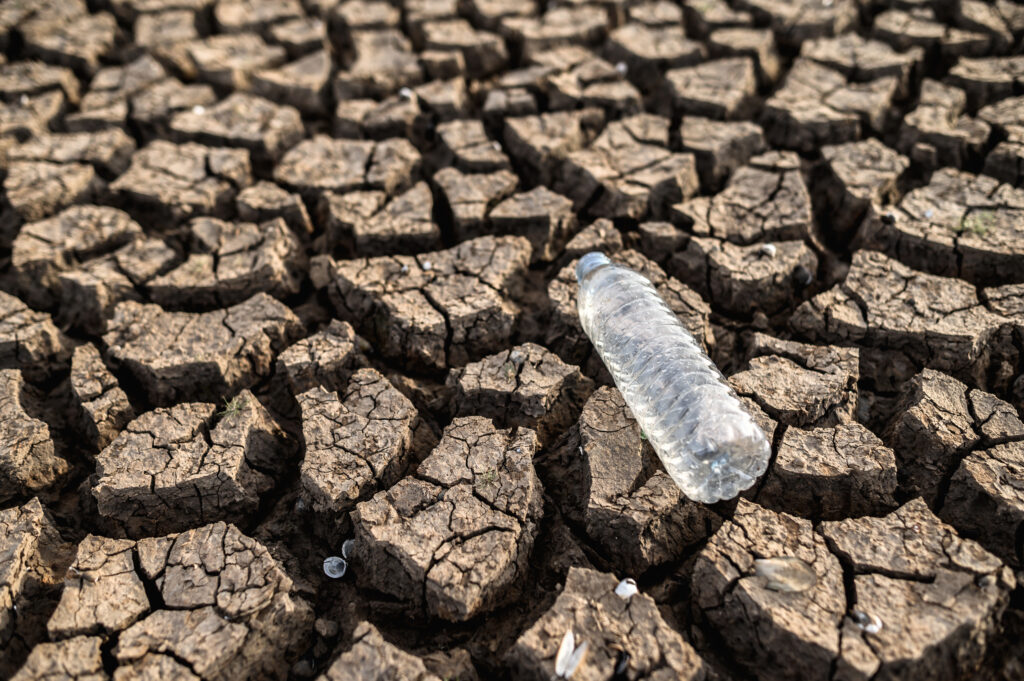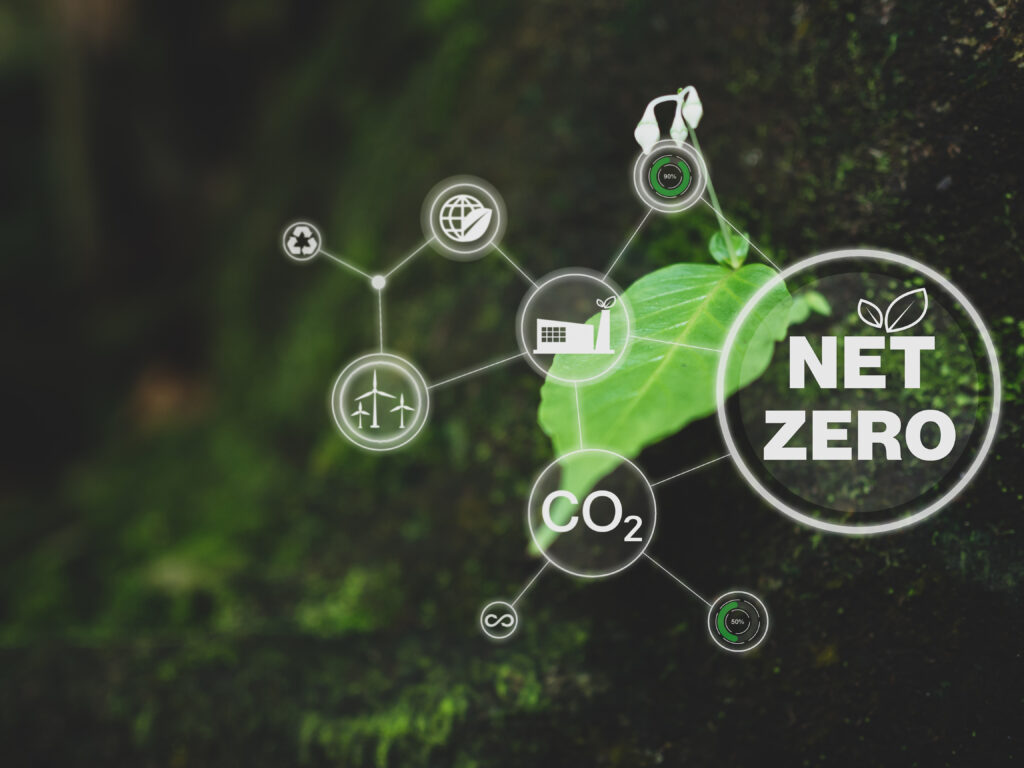The issue of global warming has become a pressing concern in recent times. A crucial aim that has been extensively deliberated is the limitation of global warming to a maximum of 1.5 degrees Celsius. This objective has been adopted by almost 200 nations worldwide as a pivotal benchmark in averting severe climate change consequences. In this write-up, we will delve into the significance of restricting global warming to 1.5 degrees Celsius and its criticality to the survival of our planet.
Understanding Global Warming and Temperature Increase
When we refer to global warming, we are talking about the Earth’s average temperature rising compared to a baseline average temperature from the mid-to-late nineteenth century. This rise in temperature coincided with the Industrial Revolution, which saw a significant increase in human activity that released greenhouse gases into the atmosphere, such as burning fossil fuels. It’s important to note that global warming doesn’t happen uniformly. Different regions, like the poles, are experiencing faster warming due to various natural factors. Thus, when we discuss the 1.5-degree target, we’re talking about the global average temperature increase that would happen due to continued greenhouse gas emissions.

Understanding Global Warming and Temperature Increase
When we refer to global warming, we are talking about the Earth’s average temperature rising compared to a baseline average temperature from the mid-to-late nineteenth century. This rise in temperature coincided with the Industrial Revolution, which saw a significant increase in human activity that released greenhouse gases into the atmosphere, such as burning fossil fuels. It’s important to note that global warming doesn’t happen uniformly. Different regions, like the poles, are experiencing faster warming due to various natural factors. Thus, when we discuss the 1.5-degree target, we’re talking about the global average temperature increase that would happen due to continued greenhouse gas emissions.

The Impacts of Crossing the 1.5-Degree Threshold

Although a minor increase in temperature may not appear to be a significant issue, research suggests that once the global temperature increases by 1.5 degrees, the effects of climate change will become more severe. This threshold could bring about permanent and substantial changes to our environment, leading to significant consequences for both nature and human society.
- Extreme weather events
When the global temperature goes beyond the 1.5-degree mark, one of the major impacts is the worsening of extreme weather phenomena. For instance, heat waves will occur more often and with greater intensity. According to the IPCC, extreme heat events that used to happen once every ten years in a non-human-influenced climate will now occur 4.1 times per decade at 1.5 degrees of warming. If the temperature rises by 2 degrees, this frequency will increase to 5.6 times per decade.
- Rising sea levels
An important consequence of surpassing a 1.5-degree Celsius increase in temperature is the faster rise of sea levels. Although keeping the warming within 1.5 degrees will still cause a notable increase in sea levels, going beyond this limit could bring about disastrous outcomes. The melting of ice sheets in Greenland and West Antarctica could result in a surge of sea levels by as much as 10 meters (30 feet), submerging coastal regions and endangering the survival of island nations situated in low-lying areas. - Loss of biodiversity and ecosystems
The impact of global warming beyond 1.5 degrees Celsius is a severe threat to biodiversity and ecosystems. Coral reefs are particularly vulnerable to rising temperatures, with at least 70% expected to be destroyed at the 1.5-degree mark. If temperatures rise to 2 degrees, the loss of coral reefs could be catastrophic, with more than 99% expected to be lost. This would have far-reaching consequences for both the environment and the economy, as coral reefs provide habitats for numerous marine species and support coastal communities that depend on them for food and livelihoods. - Food insecurity and agricultural impacts
If global temperatures rise by 2 degrees, it could have a major impact on food production and security. Severe weather patterns like droughts and floods, coupled with crop failures in key agricultural areas, could lead to a surge in food prices and widespread hunger. The breadbaskets of the world, which are crucial for the global food supply, may be greatly impacted, resulting in food shortages and famines in various regions across the globe. - Disease spread and health risks
The rise in global temperatures by 1.5 degrees Celsius poses a threat to the spread of vector-borne ailments like dengue fever and malaria. This is because the warmer temperatures provide a conducive environment for disease-carrying mosquitoes to thrive and spread. Furthermore, the loss of habitat due to these higher temperatures and changes in ecosystems could lead to the displacement and extinction of various animal species, upsetting the ecological balance and potentially increasing the risk of zoonotic diseases. - Tipping points and irreversible changes
As the Earth’s temperatures keep rising, there is a mounting worry about reaching “tipping points” in the planet’s systems. These points represent crucial thresholds where irreversible and cascading impacts occur. For instance, the Amazon rainforest could collapse due to droughts and deforestation, leading to the release of enormous amounts of carbon dioxide into the atmosphere, which could exacerbate climate change. Additionally, the melting of Arctic permafrost could also result in significant amounts of stored carbon being released, which would further intensify global warming.
The Urgency to Act and the Challenge Ahead
In light of the serious repercussions of exceeding the 1.5-degree threshold, it’s imperative to take swift action to reduce greenhouse gas emissions. The Paris Agreement, endorsed by almost all nations, has set a target to restrict global warming to below 2 degrees Celsius and strive towards the 1.5-degree mark. Nevertheless, attaining this objective necessitates significant and expedient cuts in carbon emissions.
- The role of mitigation and adaptation
To reduce greenhouse gas emissions, it’s essential to undertake mitigation efforts such as adopting renewable energy sources, enhancing energy efficiency, and cutting down deforestation. In addition, it’s crucial to implement adaptation measures like constructing resilient infrastructure and promoting sustainable agricultural practices to help communities tackle the effects of the already occurring climate change. - The path forward and global cooperation
Achieving the 1.5-degree target demands worldwide collaboration and coordination. Nations must unite to strengthen their climate pledges and guarantee their execution. This entails extending financial and technological aid to developing countries that are most susceptible to the effects of climate change. Moreover, individuals and communities can make a positive impact through sustainable lifestyle choices and promoting climate action.
In conclusion,
Ensuring that global warming is limited to 1.5 degrees Celsius is vital for protecting our planet and future generations. Going beyond this limit could have devastating effects on ecosystems, livelihoods, and human societies. It’s imperative that we take prompt and resolute action to reduce greenhouse gas emissions and increase our resilience to climate change. This way, we can minimize the severe impacts of global warming and create a sustainable and habitable world for everyone.